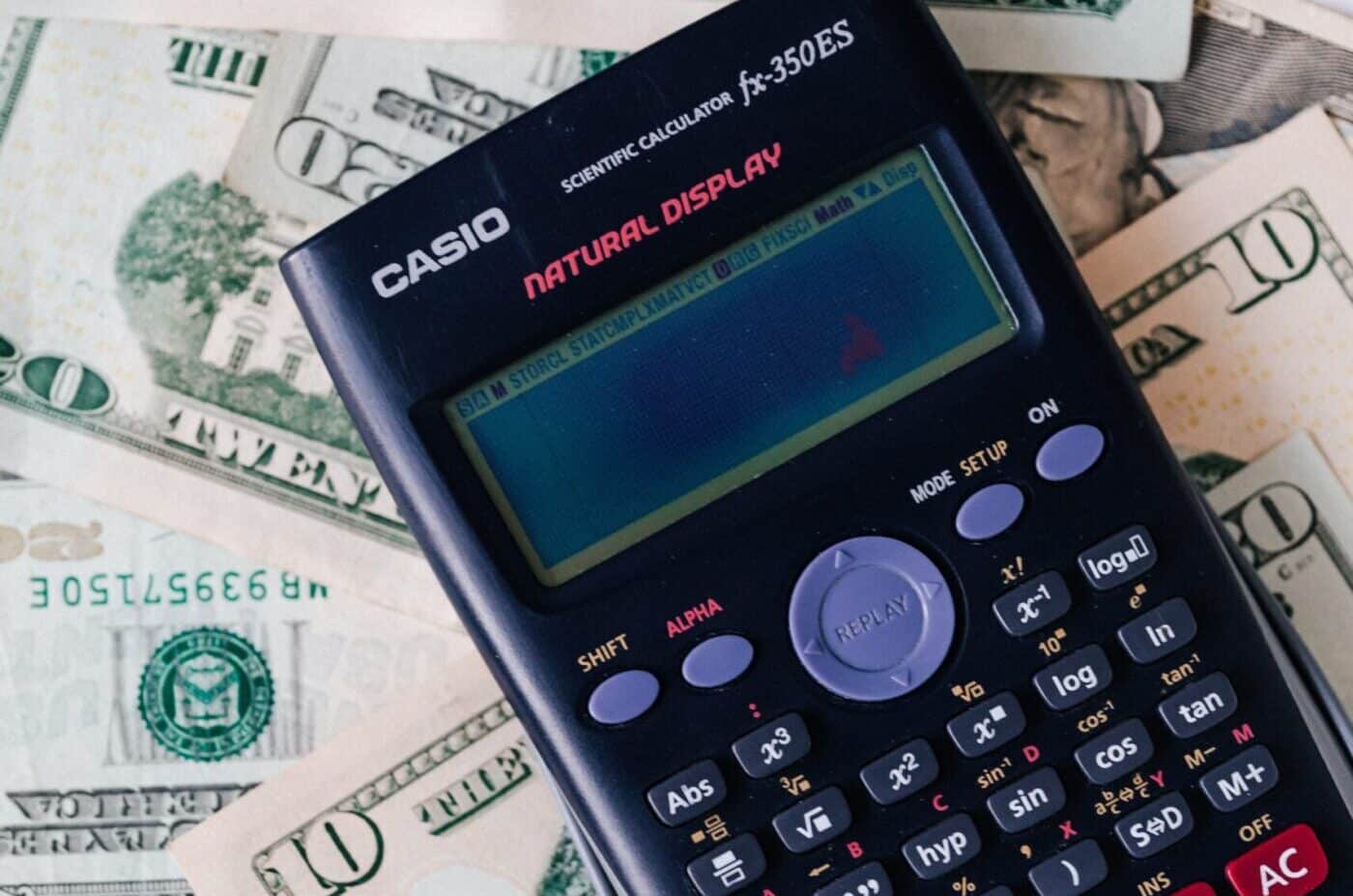
The $2500 De Minimis Safe Harbor on Business Expenses
This post may contain links from our sponsors. We provide you with accurate, reliable information. Learn more about how we make money and select our advertising partners.
Avoid the hassle of depreciating business expenses by taking advantage of the $2,500 de minimis safe harbor election on your taxes this year.
Today’s Classic is republished from White Coat Investor. You can see the original here.
Enjoy!
When most people talk about the “safe harbor” they're referring to paying enough taxes via your withholdings and quarterly estimated payments to avoid having to pay any penalties or interest. But there is another safe harbor you should know about, especially as a business owner.
There is also a safe harbor for business expenses. Prior to 2016, it was $500, but since then it is $2500. That means you no longer have to “capitalize and depreciate” anything you buy for your business (computer, furniture, etc.) over time, so long as each individual item costs less than $2,500. You can simply deduct it all (“expense it”) the year you buy it. When searching for information on this topic, what you're looking for is “Tangible Property Expenses” and specifically the “de minimis safe harbor”.
Reporting “De Minimis Safe Harbor” Expenses
There is a requirement to attach a statement to your taxes stating you are electing to deduct this expense all in year one, but you can list the expense itself anywhere on your Schedule C as a sole proprietor. If you really want to dot your i's and cross your t's, you might consider totaling them all up on Line 27a (Other Expenses), calling them “Section 1.263(a)-1(f) De Minimis Safe Harbor Election expenses”, but that's not required. You do need to be careful if you choose to put these expenses on other lines of Schedule C if you are using Turbotax or H&R Block because the software will likely still prompt you to depreciate them. Seems easiest to me to just put them on line 27a. If it's just one sub-$2500 item, it might look like this:


Even if you had a bunch of items that were less than $2500 each, you could still do it this way:


If you're a partnership filing a 1065, you usually end up putting these expenses on line 20 (and attaching a statement):

If you're filing as an S Corp (Form 1120-S), it's the same thing but it goes on line 19:

How to Take Advantage of the De Minimis Safe Harbor
So how can this be useful? The main benefit for me is that I can just expense a computer, a phone, a printer, office furniture, and other similar expenses rather than hassling with the depreciation rules. But getting that deduction sooner rather than later is more valuable due to the time value of money.
You can also use this $2,500 safe harbor for repairs and maintenance expenses. In fact, you may be able to go over $2500 and still be in a safe harbor under two other scenarios:
First, If the business has revenue < $10M and the property is worth less than $1M, then you can expense up to $10,000 or 2% of the value of the property, whichever is less, in repair/maintenance expenses.
Second, all repair expenses can be deducted immediately if the repairs consist of routine maintenance and satisfy four criteria:
- The repairs are regularly recurring activities that you would expect to perform.
- The repairs result from the wear and tear of being used in your trade or business.
- The repairs are necessary to keep the property operating efficiently in its normal condition.
- The repairs are expected to be necessary more than once during a 10-year period for buildings and structures related to buildings, or more than once during the property's class life for property other than buildings.
These rules also apply for improvements, which normally have to be depreciated, subject to the $10,000 or 2% of property value rule and the $10M/$1M rule noted above. This is great for direct real estate investors.
What Should Your Statement Look Like?
It doesn't have to be anything special. Tom Copeland suggests you make it look like this:
Section 1.263(a)-1(f) De Minimis Safe Harbor Election
Your name _________________
Your address __________
EIN or Social Security Number __________
For the year ending December 31, 2015 I am electing the de minimis safe harbor under Treas. Reg. Section 1.263(a)-1(f) for my business expenses of less than $2,500.
Keep the de minimis safe harbor rule in mind as you purchase things for your business. It'll save you a little bit of tax money and a lot of hassle if you can avoid having to depreciate your business expenses and can expense them instead.
What do you think? What are some examples of how you have used the $2,500 safe harbor to make your business life easier? Comment below!
Disclaimer: The topic presented in this article is provided as general information and for educational purposes. It is not a substitute for professional advice. Accordingly, before taking action, consult with your team of professionals.


